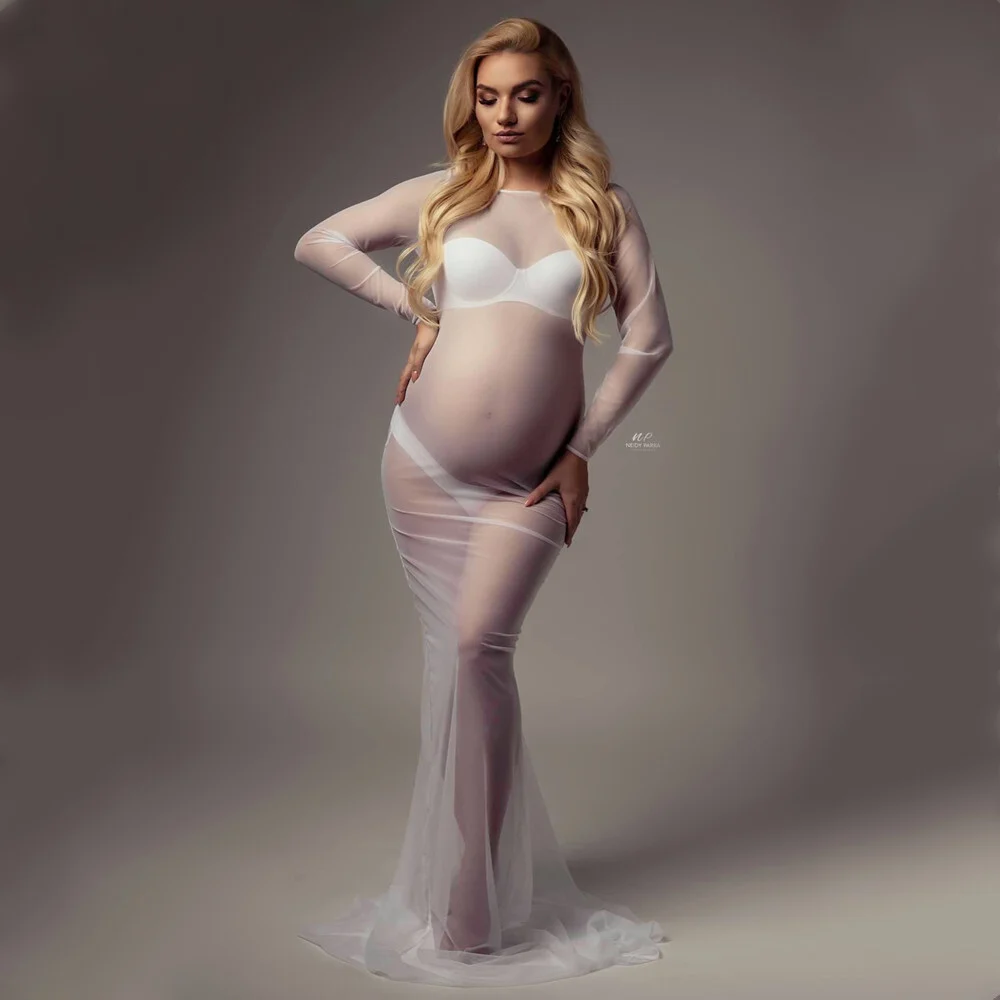In today’s society, the emphasis on physical beauty often overshadows the true value of women. As someone who recognizes that I hold a certain level of attractiveness, I can’t help but reflect on how deeply ingrained this societal norm is. All women, regardless of their looks, are acutely aware of the importance placed on appearances. Despite the platitudes we offer about inner beauty and the worth of one’s intellect and spirit, the harsh reality is that we still judge and treat women based on how they look.
Research from Metropolitan State University of Denver highlights this troubling trend. The study revealed that attractive women tend to perform better academically in traditional classroom settings compared to their less conventionally attractive peers. Interestingly, this advantage disappears in online courses, suggesting that personal interaction plays a significant role in how women are perceived and treated. It’s worth noting that men’s appearances do not influence their grades in the same way, which raises questions about the fairness of our societal standards.
A 2006 ABC News experiment illustrates this phenomenon further. Two actresses, one considered conventionally attractive and the other labeled as “plain,” dropped books in a busy New York neighborhood. The results were stark—the attractive actress received assistance from over 70% of passersby, while her less attractive counterpart garnered help from fewer than half. Such instances reinforce the notion that, while beauty can open doors, it also creates an unfair landscape of expectations and judgments.
In our media, we often see a disparity in how we perceive men and women. Male characters can be depicted as average-looking, yet their female counterparts are often flawless. A man’s gray hair is labeled as “distinguished,” while a woman in the same situation is simply seen as aging. This disparity extends to how we evaluate women’s capabilities and behaviors based on their looks.
It’s crucial to recognize that while beauty may carry privilege, it also comes with a unique set of pressures. Attractive individuals can face what’s known as the “beauty penalty,” where they are unfairly judged more harshly if they do not meet the elevated expectations tied to their looks. This creates a no-win situation for many women, reinforcing the need for change.
So, how can we shift this narrative? It starts with consciously making an effort to look beyond the surface. When we see a woman in need, let’s offer help regardless of her appearance. We can strive to celebrate all the diverse qualities that contribute to a woman’s strength and value. If you’re interested in understanding more about navigating these challenges, check out this excellent resource for home insemination and pregnancy, which discusses emotional and physical preparation.
In the end, our goal should be to appreciate individuals for who they are, not just how they look. The journey toward treating everyone with equal respect is ongoing, but every small step counts.
For those exploring home insemination options, consider visiting reputable retailers like CryoBaby for their selection of at-home insemination syringe kits.
Summary
The article discusses the societal obsession with physical appearance and its impact on how women are treated. Research shows that attractiveness can lead to unfair advantages in academics and everyday interactions, while men are often judged differently. The piece calls for a shift in perspective, encouraging people to appreciate women for their inner qualities rather than their looks.
